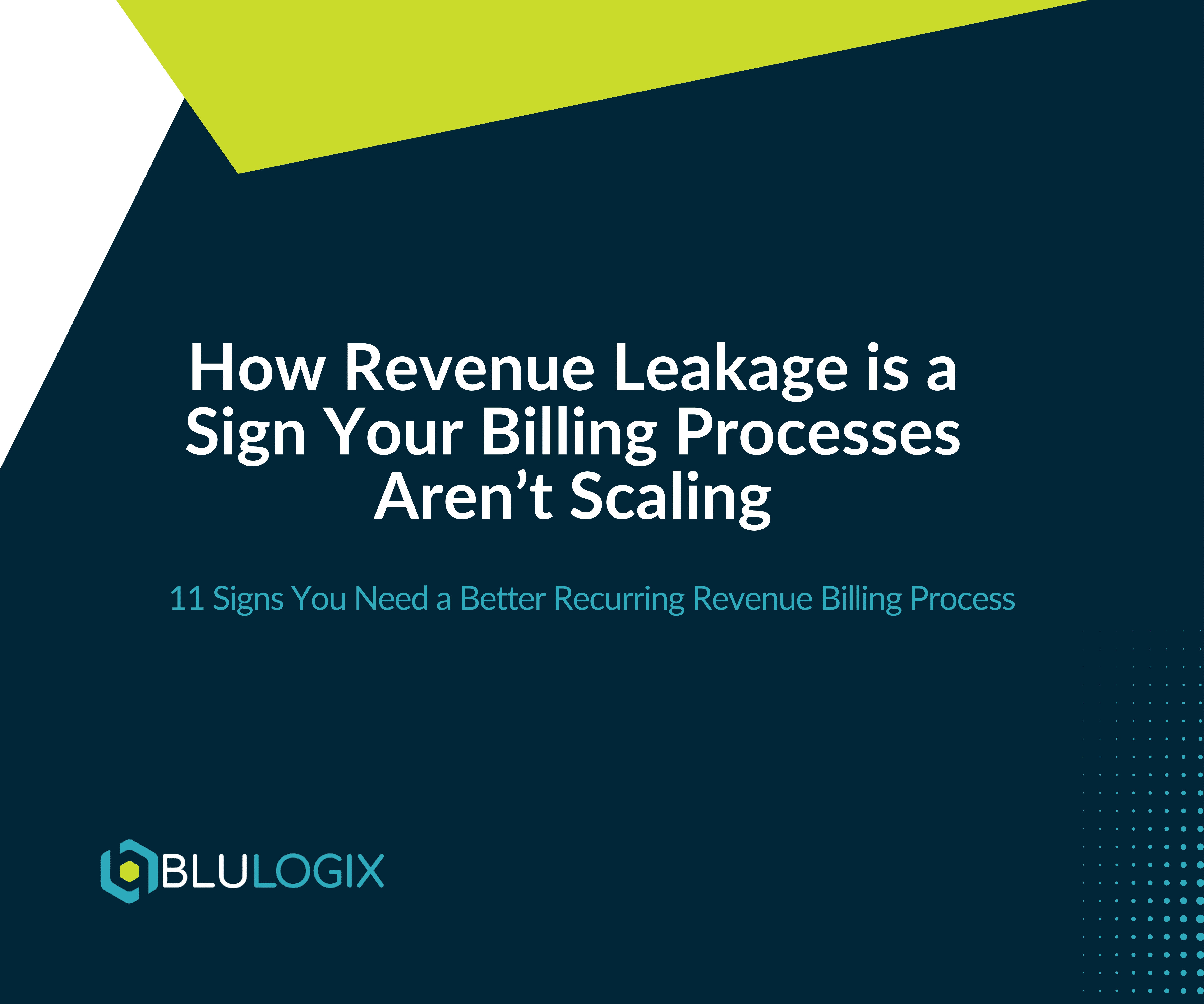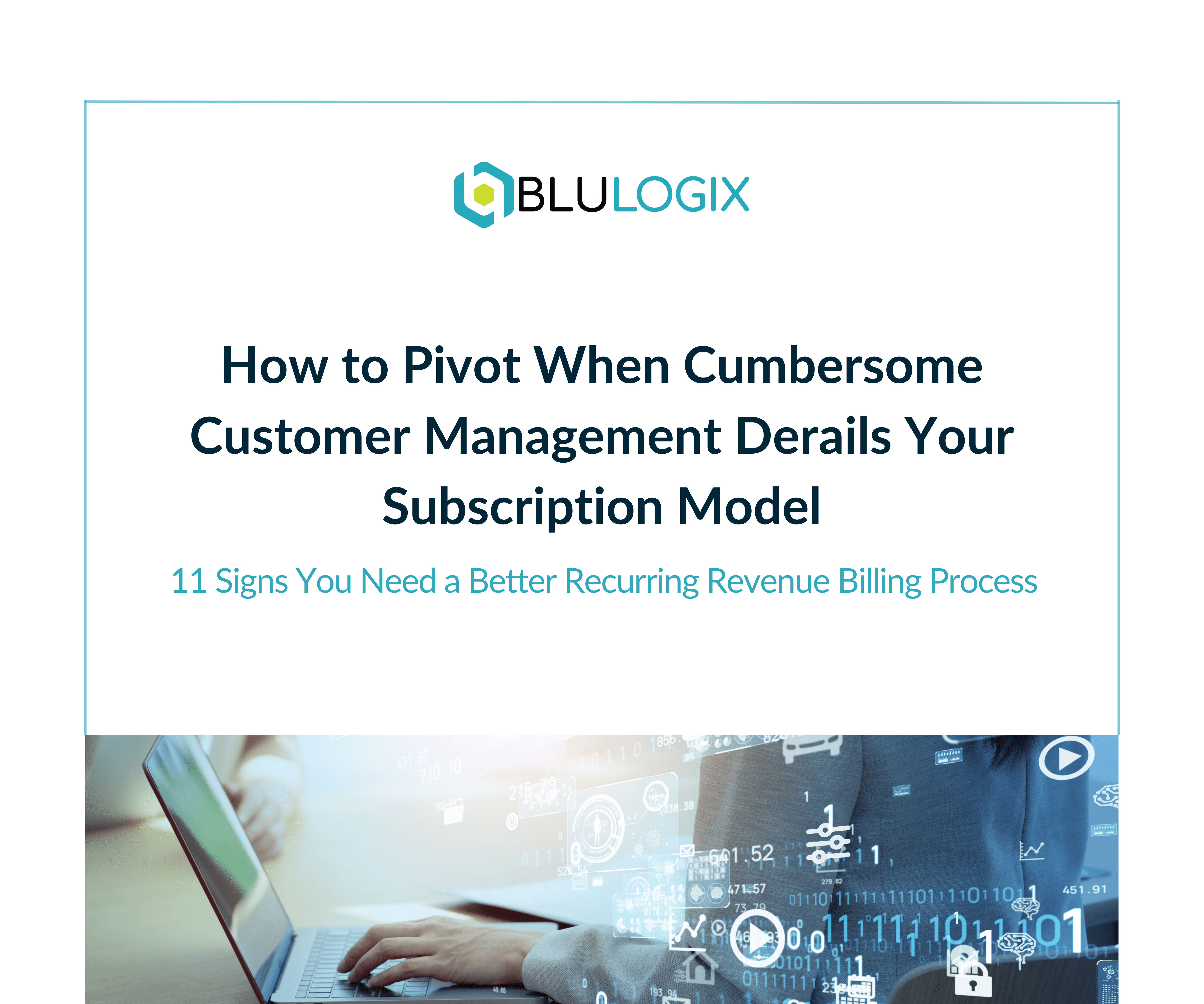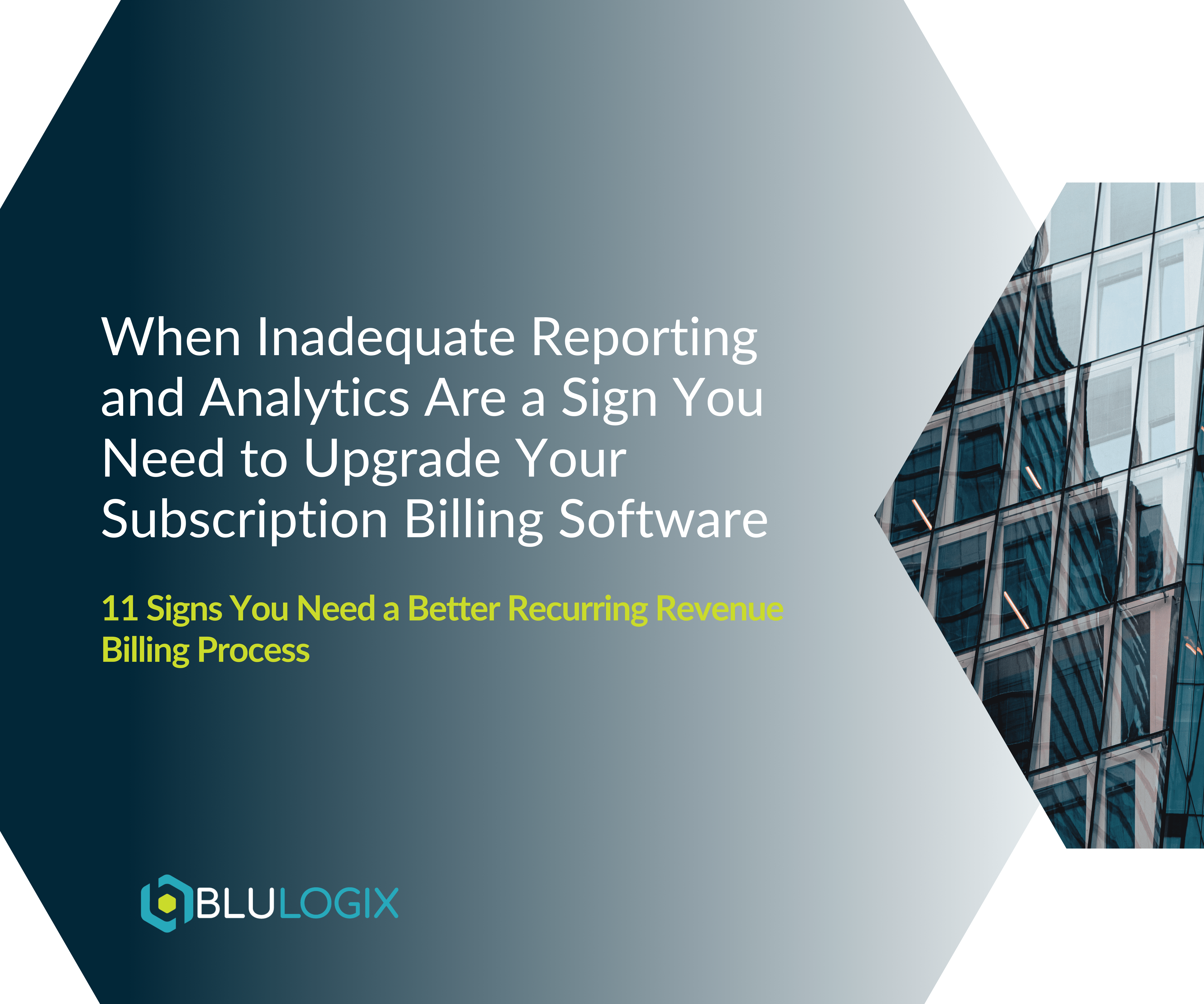6 Subscription-Based Pricing Models and When to Use Them
In the ever-evolving landscape of business, one pricing model has emerged as a consistent favorite: the subscription-based pricing model. Commonly associated with Software-as-a-Service (SaaS), this model offers a predictable, recurring revenue stream for companies. It’s widely recognized as a user-friendly approach for customers and an effective strategy for providers. But subscription-based pricing isn’t a one-size-fits-all approach. In this blog, we’ll delve into the six most popular subscription-based pricing models and help you understand when and how to use them.
Take your business further with BluIQ’s flexible, scalable, enterprise-grade intelligent billing solutions.
1. Flat-Rate Pricing
Flat-rate pricing is perhaps the most straightforward subscription model. Customers pay a fixed fee regularly, usually on a monthly or yearly basis, to access the service. It’s like paying a fixed rent for using software. This model suits businesses with a clear, well-defined service that remains relatively constant.
Best For: Services with stable offerings and a consistent customer base.
2. Tiered Pricing
Tiered pricing divides customers into different tiers, offering various levels of service at different price points. It’s a smart choice for businesses that want to cater to a diverse audience with varying needs. Customers can choose a tier that best aligns with their requirements.
Best For: Businesses with a broad customer base and varying needs.
3. Per-User Pricing
This model charges customers based on the number of users who access the service. The more users, the higher the price. It’s an excellent choice for collaboration or team-oriented tools, encouraging user consolidation.
Best For: Tools designed for teams and collaboration.
4. Usage-Based Pricing
Usage-based pricing is a flexible model where customers pay based on their actual consumption of the service. The more they use, the more they pay. It’s gaining traction in various industries, from cloud services to IoT applications.
Best For: Services where usage varies significantly among customers.
5. Freemium Pricing
Freemium is a blend of “free” and “premium.” Basic features are offered for free, attracting users. Premium features come at a price. It’s an excellent strategy for hooking users with a taste of the product and then convincing them to upgrade.
Best For: Software products and apps that can benefit from a large user base.
6. Perpetual License Pricing
Although less common in the SaaS world, some companies still offer perpetual licenses. Customers purchase the right to use the software indefinitely, often with an option to pay for maintenance and support.
Best For: Niche markets or industries where this model remains relevant.
Selecting the right subscription-based pricing model is crucial for your business’s success. Each model has its strengths and weaknesses, and the choice largely depends on your specific service, target audience, and business goals. By understanding these models, you can tailor your pricing strategy to maximize revenue, enhance customer satisfaction, and drive growth.
Take your business further with BluIQ’s flexible, scalable, enterprise-grade intelligent billing solutions.
Learn more

How Revenue Leakage is a Sign Your Billing Processes Aren’t Scaling
Effective customer management is vital for retaining clients and maintaining high satisfaction levels in any subscription-based business model. However, many companies face challenges with

How to Pivot When Cumbersome Customer Management Derails Your Subscription Model
Effective customer management is vital for retaining clients and maintaining high satisfaction levels in any subscription-based business model. However, many companies face challenges with

When Inadequate Reporting and Analytics Are a Sign You Need to Upgrade Your Subscription Billing Software
In the complex landscape of B2B subscription billing, the ability to generate comprehensive and insightful reports is crucial. Businesses often struggle with outdated or

